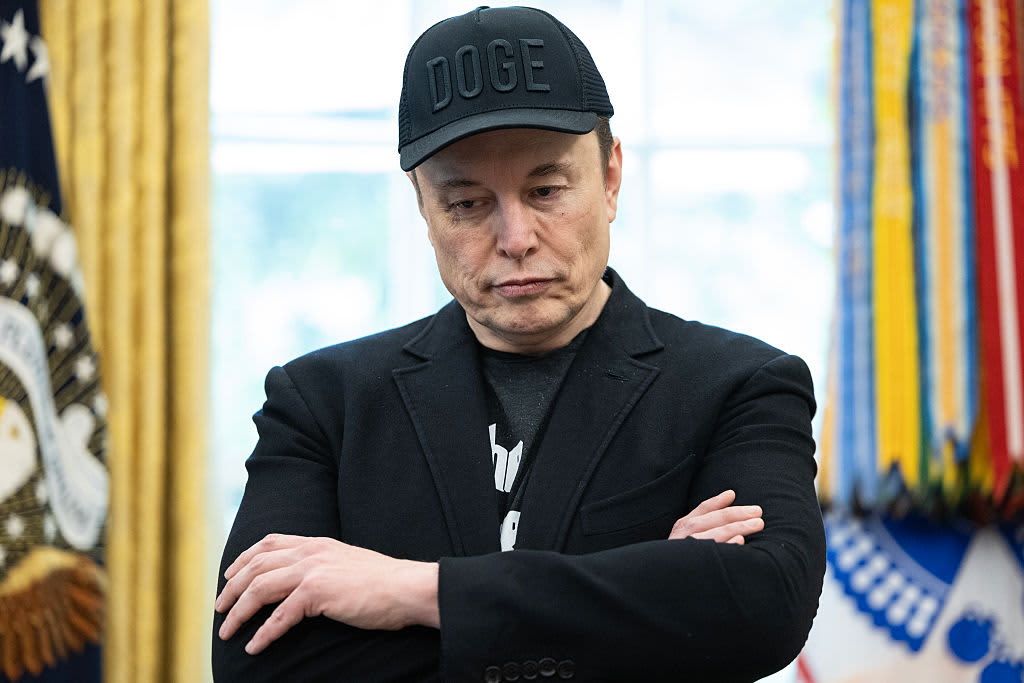TOKYO: Now that Japan has increased interest rates for the first time since 2007, investors and economists are divided over how long it will take before the central bank opts for another hike.
Bank of Japan (BoJ) watchers agree that it won’t aggressively raise rates at the pace the US Federal Reserve moved when it was battling inflation.
But the consensus on how far the BoJ will go largely breaks down after that.
Governor Kazuo Ueda provided enough ammunition for both sides of the argument in a carefully hedged press briefing on Tuesday after ending Japan’s eight-year experiment with negative rates.
Currency traders focused primarily on Ueda and the BoJ’s insistence that easy financial conditions will stay in place for now.
That stance helped weaken the yen by more than 1% beyond the 150 mark against the US dollar, as some market participants concluded the BoJ will sit on its new 0% to 0.1% rate for the rest of the year, particularly as the economy looks weak.
Analysts surveyed by Bloomberg are forecasting the BoJ’s policy target rate at 0.1% at the end of this year, indicating a majority doesn’t expect another rate hike as a base case.
But plenty of others are warning that the BoJ may not be finished.
By moving in March instead of the long-held consensus view of April, Ueda secured more space to raise borrowing costs again in 2024 if data supports the case.
The governor repeatedly said on Tuesday that real interest rates in Japan remain deeply negative, and renewed weakness in the yen may also spark concern among government officials seeking more action to firm up the currency.
Looking at Japan’s real interest rates suggests there is plenty of scope for moving upwards while keeping conditions easy.
Economists estimate that inflation in February was 2.9%, a level that would put the latest real rate at minus 2.8%.
The central bank’s price target is 2%, a goal Ueda said on Tuesday has “come within view.”
While economists polled by Bloomberg have cited 0.5% as the likely terminal rate of the BoJ’s hiking cycle, the spread of opinions is very wide.
Sony Financial Group’s Masaaki Kanno is eyeing 2%, for instance, while Itochu Research Institute’s Atsushi Takeda has pencilled in 2.5%.
Ueda acknowledged on Tuesday that it wasn’t easy to determine the ideal interest rate for the economy.
He flagged the difficulty of calculating both the neutral rate and agreeing on all the inputs for the Taylor Rule, a formula for central banks to set rates at an optimal level to stabilise economic activity.
Ueda has cited the rule on occasions in the past to explain his views on interest rates.
“Given all the numbers you plug in and the different parameters and the way you apply them, you end up with a large variety of interest rate levels,” Ueda said, indicating he was against any mechanical application of a rule that produced a range of results. — Bloomberg
